Thank the Irish for all your Halloween fun, says ANN MASSEY
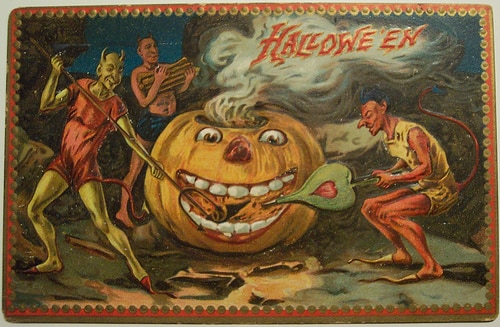
As you trick or treat your way through the 31st October, all in fancy dress, face lit up by a glowing, carved pumpkin, have you ever wondered where these traditions came from?
High jinks for you, but a matter of protection and seeking good fortune for the Irish.
Ireland has always been a place of ritual and customs, however, when the veil between the living and the dead is at its thinnest and the Celtic New Year begins, they have never been more meaningful.
Jack O’Lantern
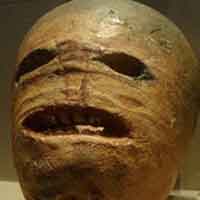
Supermarkets are packed to bursting with pumpkins to be taken home, hollowed out and lit, but did you know it was thought that the whole tradition began in Ireland with a simple turnip?
It is believed that in the 1700’s an Irish Blacksmith called Jack conspired with the Devil himself.
When he died he was denied entry into Heaven and was doomed to walk the Earth for eternity.
In torment, Jack begged the Devil for light to guide his way.
He was given a single ember which he placed into a turnip he had hollowed out.
Since then these gouged out gourds have been used as beacons of light on All Hallows Eve to ward off Jack and any other wicked soul who may be lurking in the darkness.
Discover more about Jack o’Lanterns here.
Fancy Dress
While children and adults alike are choosing their outfits for parties and knocking on doors for sweets, did you wonder how it started?
In years gone by on the last day of October, the door between worlds was opened and the dead once again walked the Earth, a time when loved ones were thought to visit the bereaved.
The trouble with opening a door like this is that anyone or anything can pass through.
Evil spirits and entities such as the Púca, Banshees or evil fairy troops roamed abroad in the darkness and woe betide anyone who crossed their path.
The only way to be safe was to put on a disguise or a hideous mask, cause confusion and keep your identity hidden.
Barmbrack
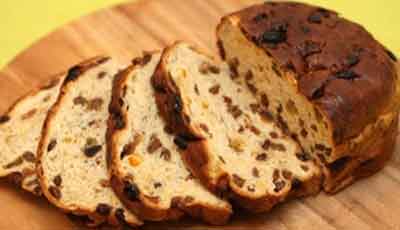
You may never have heard of a Barmbrack, or you may think it is a plain fruit loaf, however, it is so much more!
Going back generations at Halloween or Samhain in Ireland this simple bread would traditionally be baked with tokens in the batter, a ring, a coin, a stick, a piece of rag and a thimble to name a few.
The slice you took would foretell your fortune for the coming year.
The ring foretold of marriage, the coin of wealth, the stick that you would marry a brute, the rag of poverty and the thimble meant you would remain a spinster.
Every Halloween the shops in Ireland are full of Barmbrack and kitchens all over Ireland are awash with the aroma of this fruity treat.
What will you get in your slice?
Trick or Treat
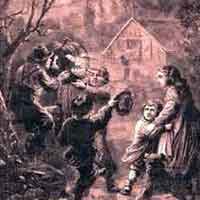
Handing over sweets to prevent your door being egged?
You’d hand them over a lot quicker in Ireland if you knew the consequences of not doing so in days gone by!
Halloween night households would leave offerings of food and milk on the doorstep for the fairies roaming the countryside to ensure a fairy blessing instead of mischief.
A dumb supper would be set and left for the departed.
Beggars and the poor were sanctioned by the Catholic Church to knock on doors before All Souls Day on 2nd November to get food (usually oat and barley cakes) in exchange for prayers for the household as an extra insurance to get into Heaven.
In parts of Ireland, particularly Waterford, as a part of the Samhain festivities, gangs of boys would partake in the ‘Night of Mischief’ whereby they would call to all the farmhouses in the district and good naturedly blackmail the farmer for a glass of milk.
Samhain Bonfire
Long before your mother’s old tights and some clothes were stuffed with newspaper to throw on a bonfire, long before Guy Fawkes himself, the Samhain or Halloween bonfire was blazing in the dark Celtic night sky.
As well as being the time when the curtain between realms was pulled back, it was also the start of winter, a new time for the Irish.
As a part of the festival all home fires were extinguished and each village lit a communal bonfire, upon which the bones of the cattle slaughtered for winter were thrown for blessings.
In fact the word bonfire comes from this very practice or ‘bone fire’.
Objects symbolising the heart’s desires or ailments requiring healing were offered up and cast into the flames.
Now of course what blessings or cures you will get from a jacket potato wrapped in tin foil is anyone’s guess!

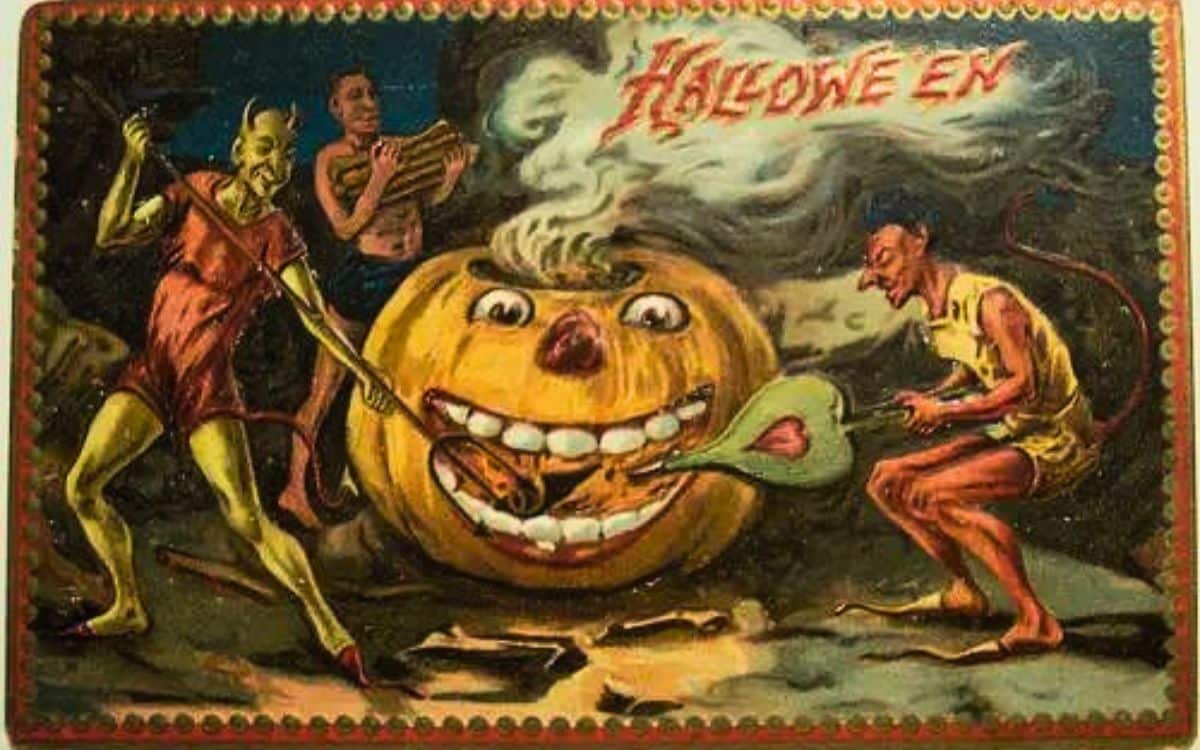
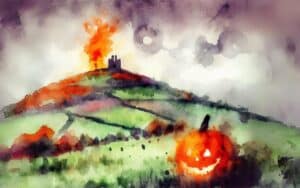
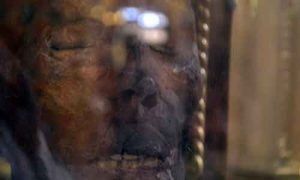
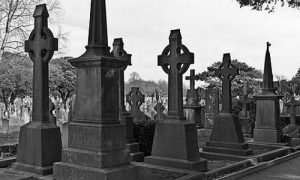
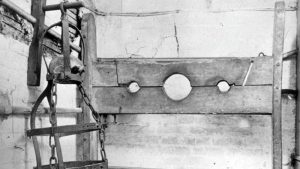

I really enjoyed reading this intriguing account of the rituals of Halloween. So much fun.